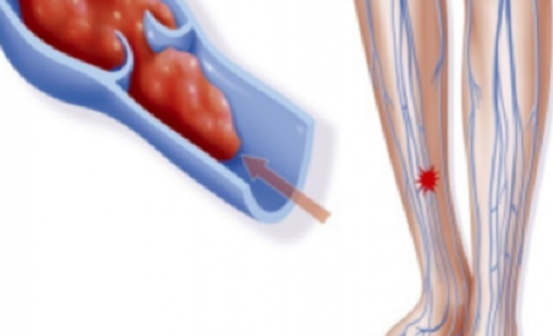When a blood clot blocks an artery, the brain, heart, and lungs are deprived of oxygen, which can lead to a rupture or stroke. Blood clots are a severe public health concern that kills hundreds of thousands of adults each year, despite the fact that they can usually be avoided.
Deep vein thrombosis occurs when a clot grows deep beneath the skin in the arms and legs. A blood clot can migrate from the heart to the lungs, which is deadly. If you do not move for an extended period of time, you may develop deep vein thrombosis.
The following are alert symptoms:
Swelling might occur in the same area where a clot forms or throughout the leg or arm.
Find out more about: Want To Lose 10 Inches At Your Waist In Just 4 Days? Here Is The Recipe!
Pain: As the condition worsens, you will feel more pain. The sensation can range from dull pain to intense pain.
Shortness of breath: If this happens, it could mean that the clot has shifted from your arm or leg to your lungs. A strong cough or coughing blood may also occur.
Cramps in the lower legs: This feeling occurs if there is a blood clot in the leg.




